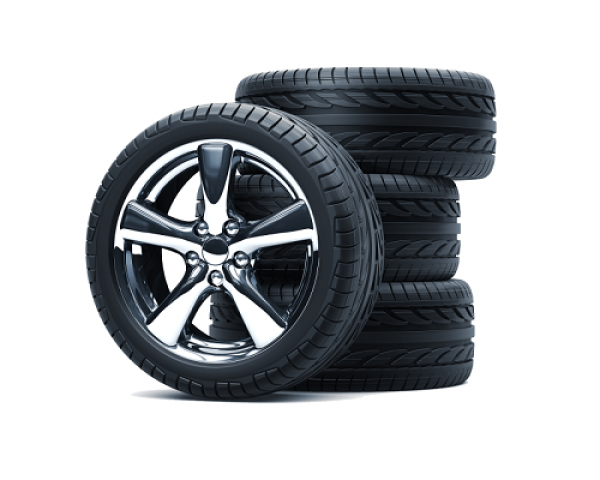
Tyre Tips
What is the best tyre for my vehicle?
We are so spoiled for choice! South Africa has four main manufacturers and approximately 200 importers of tyres.
Care should always be taken when shopping for a tyre. Only four small patches of tyre make contact with the road, and choosing the correct tyre for your vehicle needs serious consideration – comfort, wear, grip, & noise levels differ between brands and tread patterns. Your car has required tyre speed and weight ratings that have to be adhered to. Not only safety, but fuel economy & performance can also be effected by your choice in tyres.
All important manufacturing information is moulded onto the sidewall of the tyre. At auto1 we are partnered with South Africa’s best tyre Brand – Dunlop – and our team has years of experience and training in order to give you the best advice.
Important tyre safety information
a) Tyre pressure. Maintaining correct pressure is essential for safety & economy. Regular tyre pressure checks only when tyres are cold and always at the same gauge will add life to your tyres. Overinflation or underinflation will lead to tyre failure. Investing in your own pressure gauge will help a great deal as most filling stations don’t calibrate their gauges as often as they should.
b) Punctures. Never repair punctures on the shoulders or sidewalls of a tyre. Punctures on the tread can be repaired after inspection, but only with a “mushroom plug”. Other forms of repair will void the tyre manufacturer’s warranty. More than one puncture repair on a tyre also voids the tyre manufacturer’s warranty.
c) Impact damage. Check the sidewalls for cuts, bubbles or bulges caused by making contact with curbs, or potholes. The tyre will experience a “blow-out” soon and needs to be replaced immediately!
d) Overloading. Be sure your tyres have the correct weight & speed ratings for the combined vehicle and load.
e) Uneven wear. Check the tread for uneven wear caused by incorrect inflation, misalignment, or worn suspension parts.
f) Excessive wear. Check the tyre has not worn past any of the tread-wear indicators found inside the gooves across the tread of the tyre.
g) Cracks. Tyres have a 5 year lifespan before the molecules start breaking down. Cracks appear in the sidewall and it’s time for replacement!
All of the above is covered in our auto1 safety checks. A regular visit to auto1 will ensure your safety and save you money.
Can my tyres last longer?
Let’s face it, replacing tyres isn’t fun and usually takes a chunk out of your budget at the most inconvenient times. Here’s some auto1 tips to help get the extra mile out of your tyres:
a) Choose the right tyres.
b) Driving style. Aggressive driving, spinning wheels, skidding, hard braking & speeding on bends are music to the tyre merchants!
c) Tyre inflation. Maintaining tyre inflation will add life to your tyres. Incorrect tyre inflation is the main cause for accelerated tyre wear, and tyre failure. Slow punctures & faulty air valves can cost you dearly in the long run! Instead of constantly topping up at filling stations until disaster strikes, take the time to have the problem attended to. Use your own pressure gauge if possible..
d) Filling with Nitrogen air. By filtering out the oxygen in the air, tyres remain cooler, maintain pressure better, and will last longer. Maintaining tyre pressure will also cut your fuel bill!
e) Empty your boot. Reducing weight will help get the most out of your tyres.
f) Regular rotation and balancing. Rotate and check balancing every 10 000km or at least with every service.
g) Wheel Alignment. Wheel alignment ensures the tyres are aimed straight and are flat on the road. Check wheel alignment every 10 000km or at least with every service. If you hit a bump, curb or pothole, there is a good chance you have knocked your wheel out of alignment – have your wheel alignment checked. (Your tyre could also have been damaged)
h) Suspension checks. Have a shock and suspension test performed at least with every service, especially after your car has done 60 000km. Worn bushings, bearings, mountings or shocks will lead to unexpected tyre wear.
